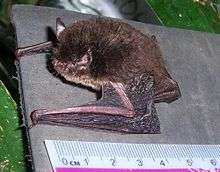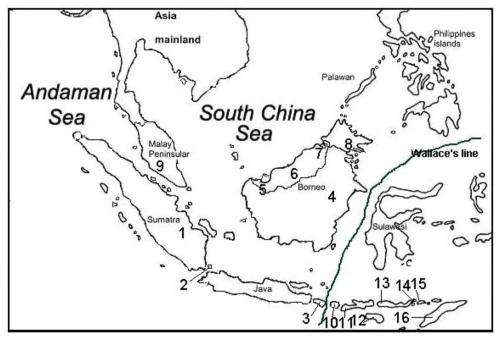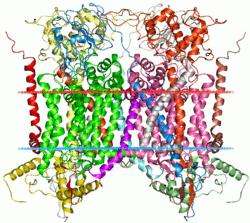Malay Archipelago bat not one, but two species

Genetic studies of Myotis muricola, otherwise known as the Wall-roosting Mouse-eared bat or Nepalese Whiskered Myotis , suggest that it consists of not one, but two distinct species.
M. muricola is widespread on the Malay Archipelago, a region with an island geography that provides natural boundaries and as a result displays some of the richest biodiversity in the world. Until now scientists had compared the shape and size of Myotis bats across the Archipelago and conducted only limited DNA analysis. As a result the Myotis family tree has remained in disarray with often contradictory lines of evidence confusing matters.

To resolve these taxonomic difficulties, a team from the Universiti Malaysia Sarawak and the Indonesian Institute of Sciences launched the first in-depth genetic study on M. muricola and its sister taxa, M. mystacinus. Writing in the Pertanika Journal of Tropical Agricultural Science, the team describe how they examined the bats in two regions, West and East of Wallace's line (fig. 2). Using a genetic analysis technique known as 'DNA cytochrome b sequencing' (fig. 3), they found that the Western and Eastern groups had a genetic distance of between 26 and 39 per cent.
Based on this high genetic distance they argue that M. muricola Eastern and M. muricola Western should be considered as two distinct species. The data also suggest that the Eastern bat started to diversify in the western region during the Pliocene (5 to 2.5 million years ago). They became fully diverged within the western region during the Pleistocene (2.5 million to 11,000 years ago) under the influence of ancient Sunda River systems that had produced gallery forest corridors which functioned as safe havens for the bats as the climate and geography around them changed.

The authors stress that as a result of these findings an official revision of the taxonomic status of M. muricola is urgently needed. In addition, more samples from throughout the geographic range are required to firmly establish these findings.
More information: www.pertanika.upm.edu.my/Pertanika%20PAPERS/JTAS%20Vol.%2035%20%282%29%20May.%202012/12%20Pg%20271-292.pdf
Provided by Universiti Putra Malaysia (UPM)




















